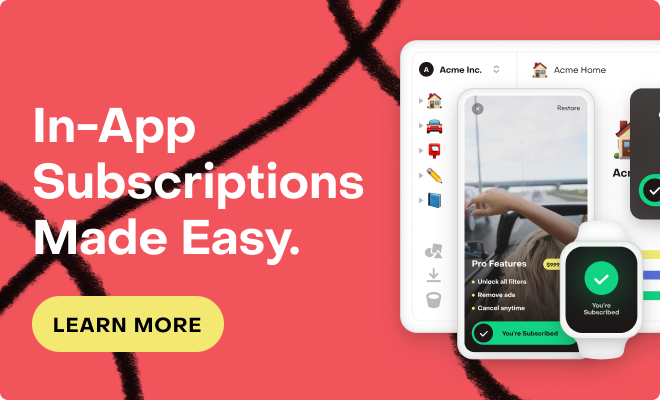Can you please explain how the unsubscribe_detected_at field is populated?
I have some users who have opted out of auto renewal, but their unsubscribe_detected_at field is null. And some users who don’t have it as null.
The only difference I see is that users in the latter group re-subscribed after opting out.
Best answer by sharif
View original



